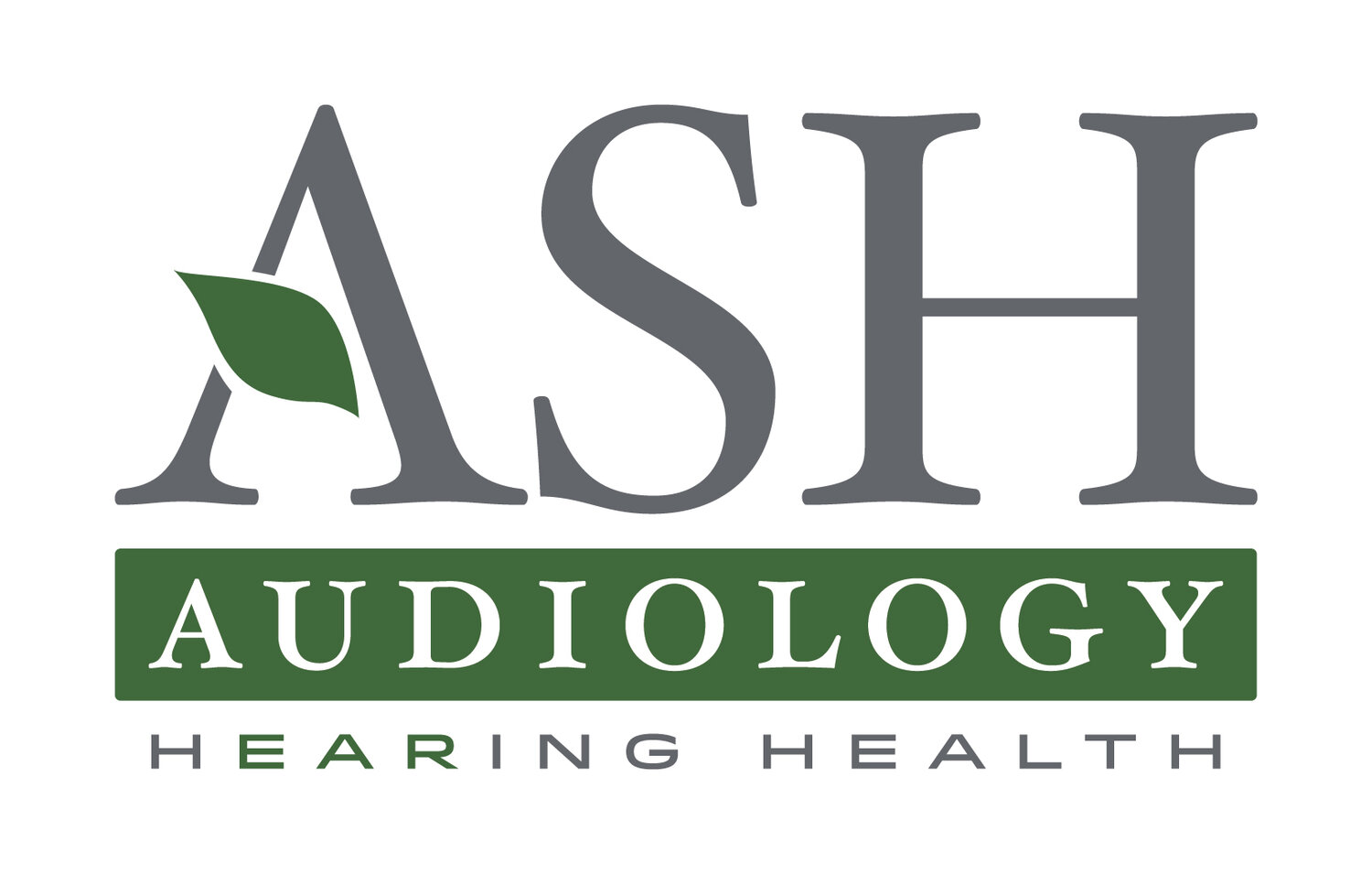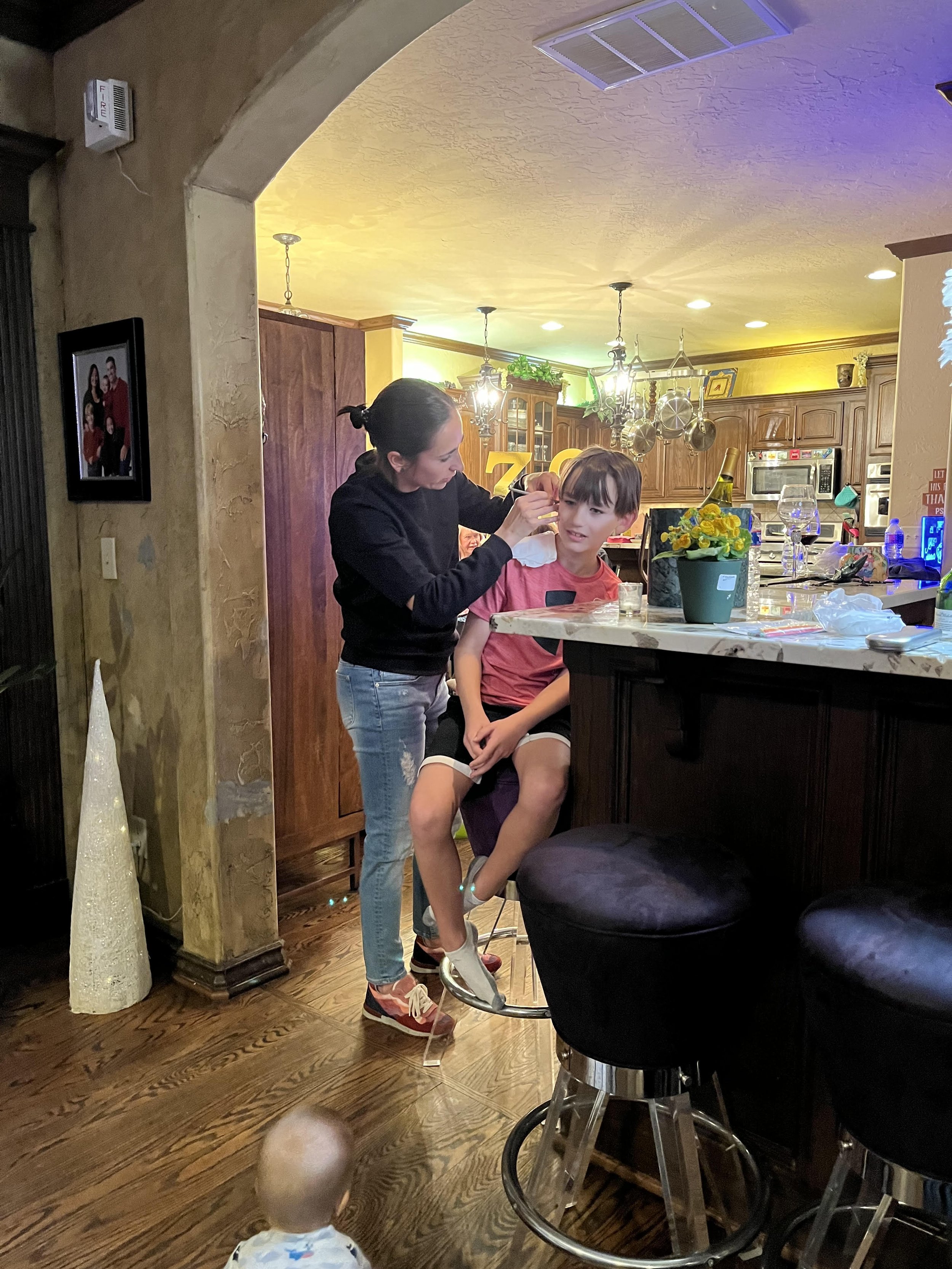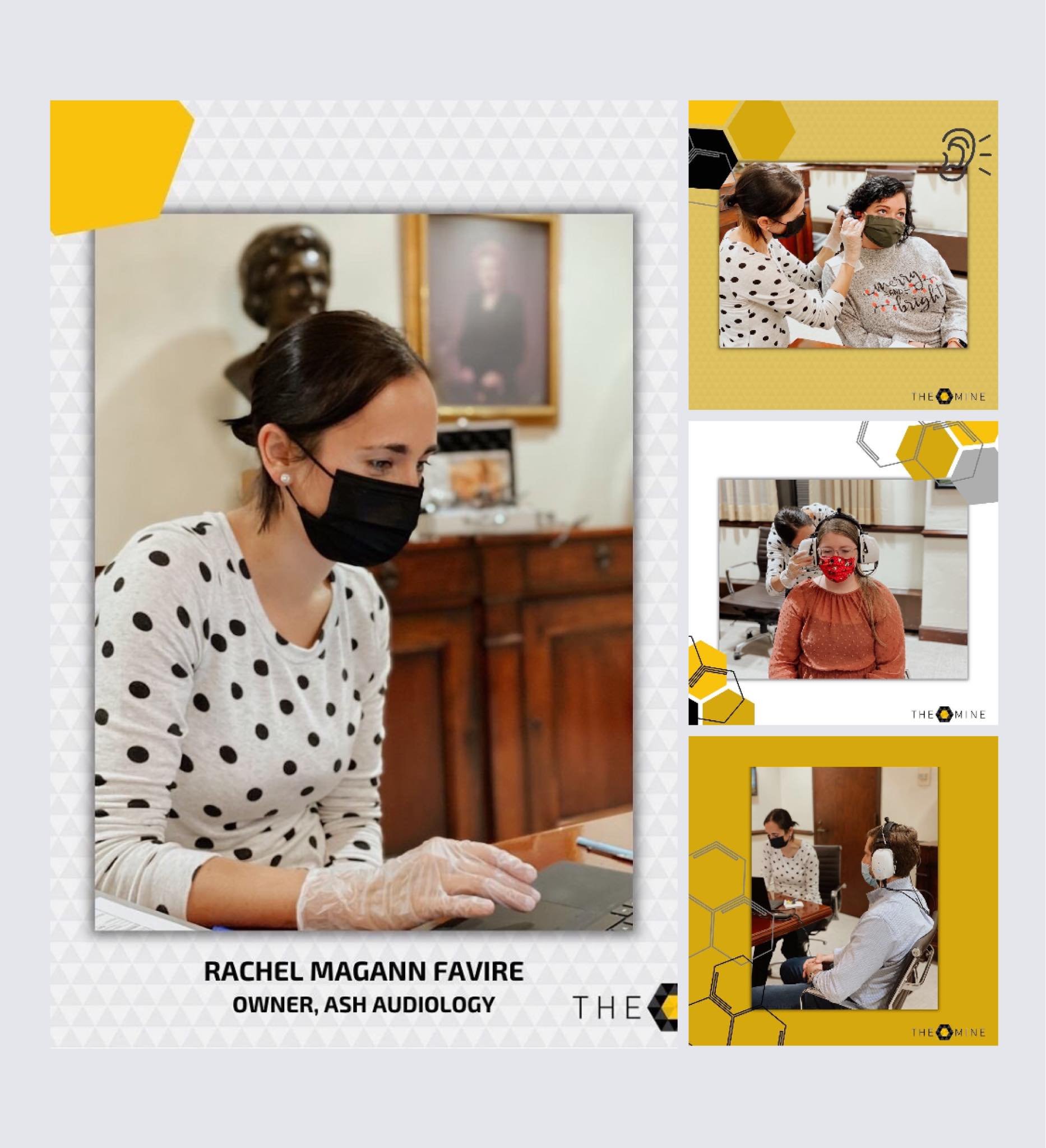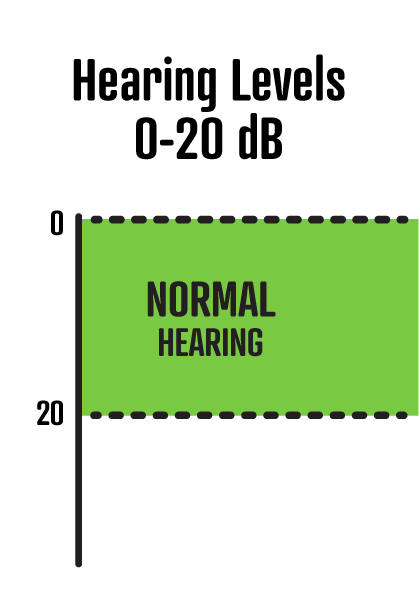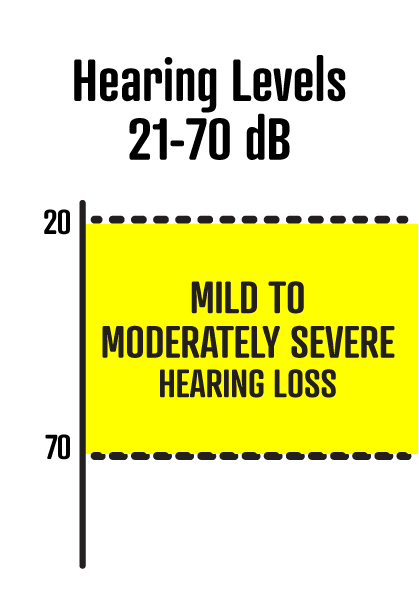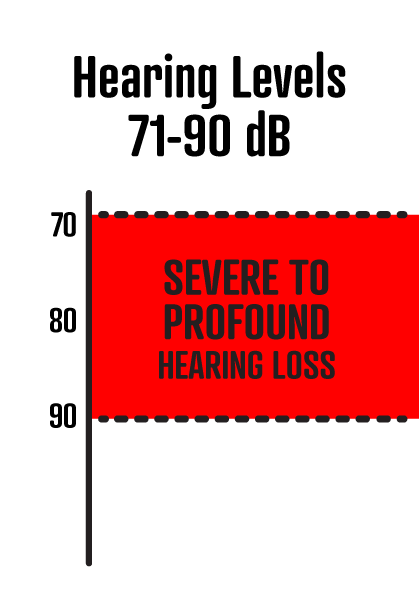Ask the Doctor
What are you looking for when you look in someone's ears?
Dr. Rachel looks to check the overall appearance looks healthy. This means the ear canal skin isn't red, dry, or inflamed. She also makes sure the eardrum looks semi-translucent, isn't red or inflamed, doesn't have any perforations (holes), and is not bulging out (due to a pressure buildup behind the eardrum) or sucked in (caused by negative pressure behind the eardrum). And lastly, she checks for earwax blockage or foreign objects (q-tip cotton, insect, or small hearing aid parts are most common) and removes anything causing issues. And yes, she even removes earwax at family birthday parties.
How do we check people's hearing in their home or office without using a soundbooth?
We get asked this question all the time, so here are some pictures of our portable audiometer. The headphones have noise canceling in them to cancel out any noise in the room. The audiometer monitors the room noise and if it gets too loud, it'll automatically stop testing. We've seen patients in lots of unique environments, but one that stands out was conducting an appointment on a front porch while two houses down a neighbor started mowing. Our portable headphones and audiometer were able to cancel out the lawnmower, allowing our testing to proceed without interruption.
How often should you get your hearing checked?
If you've never had your hearing checked, then regardless of your age or how good your hearing is, it's good to have a baseline for your records. This is especially helpful if something sudden happens to your hearing (this can happen with a head injury, bacterial or viral infection, or sudden illness or medication change to name a few). If you've had a baseline and have no hearing or balance concerns, then it's recommended you get your hearing checked every 1-2 years if you're over 60 and every 3-5 years if you're 18-60 years old.
Is there a hearing standard to describe my hearing level or impairment?
Hearing has a 20/20 standard just like vision. Hearing levels 20dB or below are considered normal. Anything above 20dB suggests hearing loss and hearing technology of some sort might be useful.
